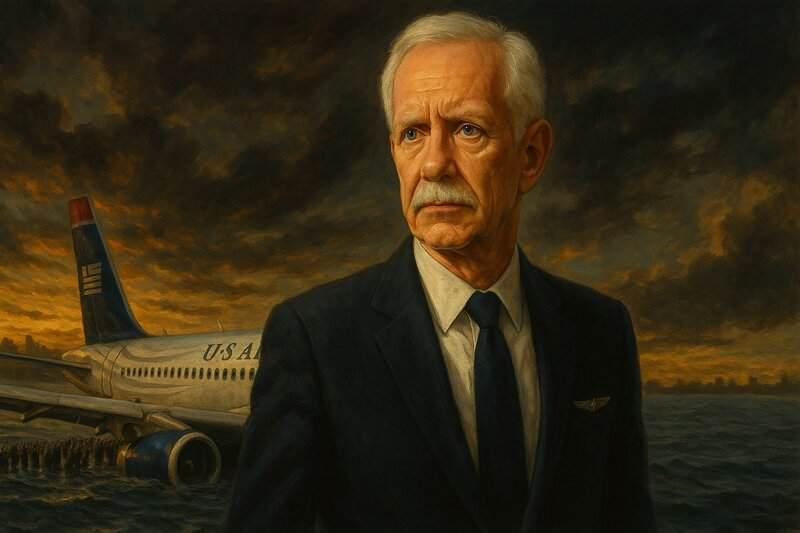1. Sully’s Extensive Aviation Background

Long before the events of Flight 1549, Captain Chesley “Sully” Sullenberger had built a remarkable aviation resume spanning decades. A graduate of the United States Air Force Academy, Sully served as a fighter pilot flying the F-4 Phantom II, earning experience in high-stress combat situations. After his military career, he transitioned seamlessly into commercial aviation, amassing over 19,000 flight hours. Additionally, Sully’s extensive background included roles as an aviation safety expert, accident investigator, and instructor, specializing in crisis management. This combination of rigorous military training, diverse flying experience, and safety expertise uniquely prepared him to successfully handle the unprecedented emergency.

















